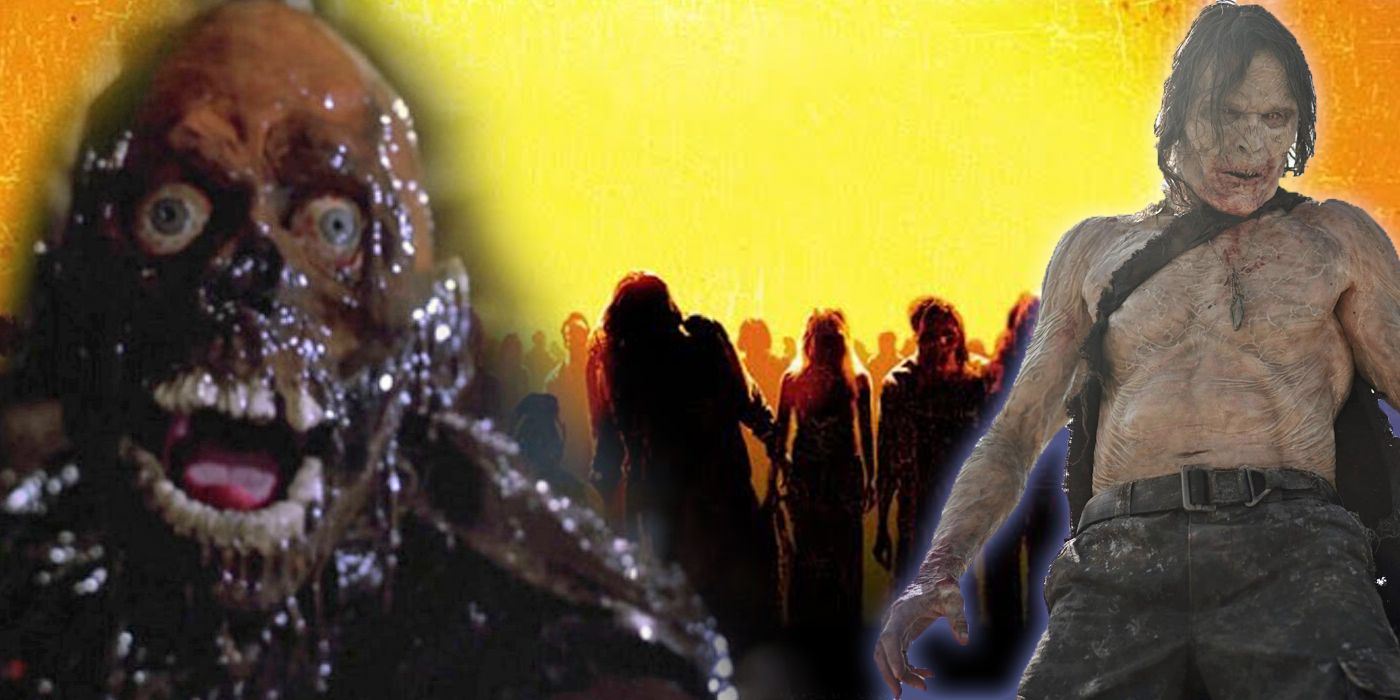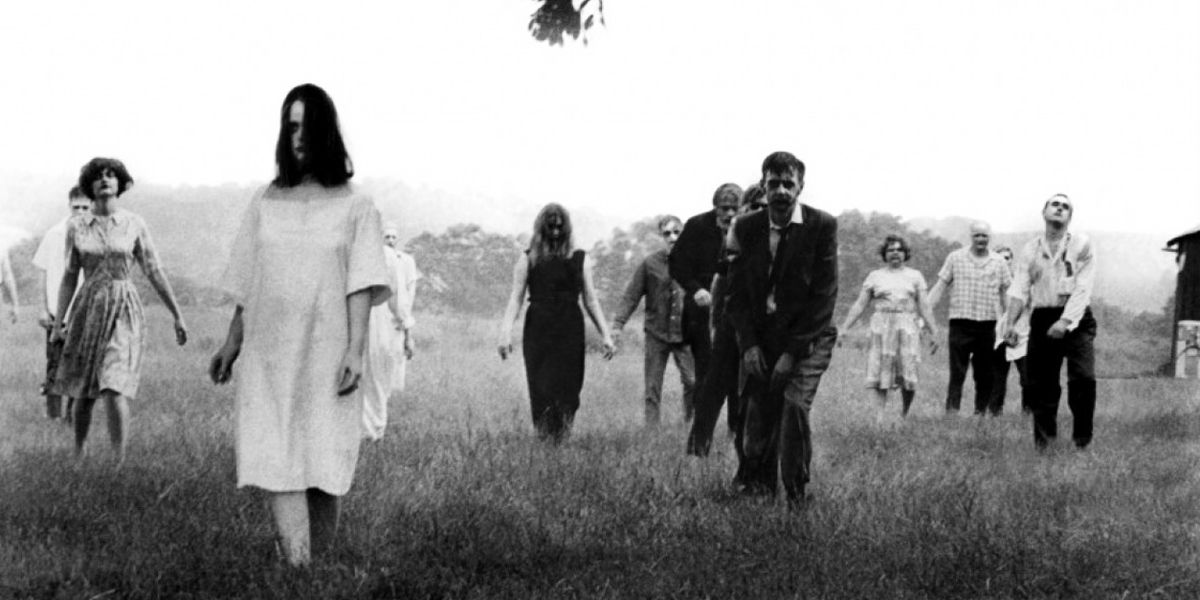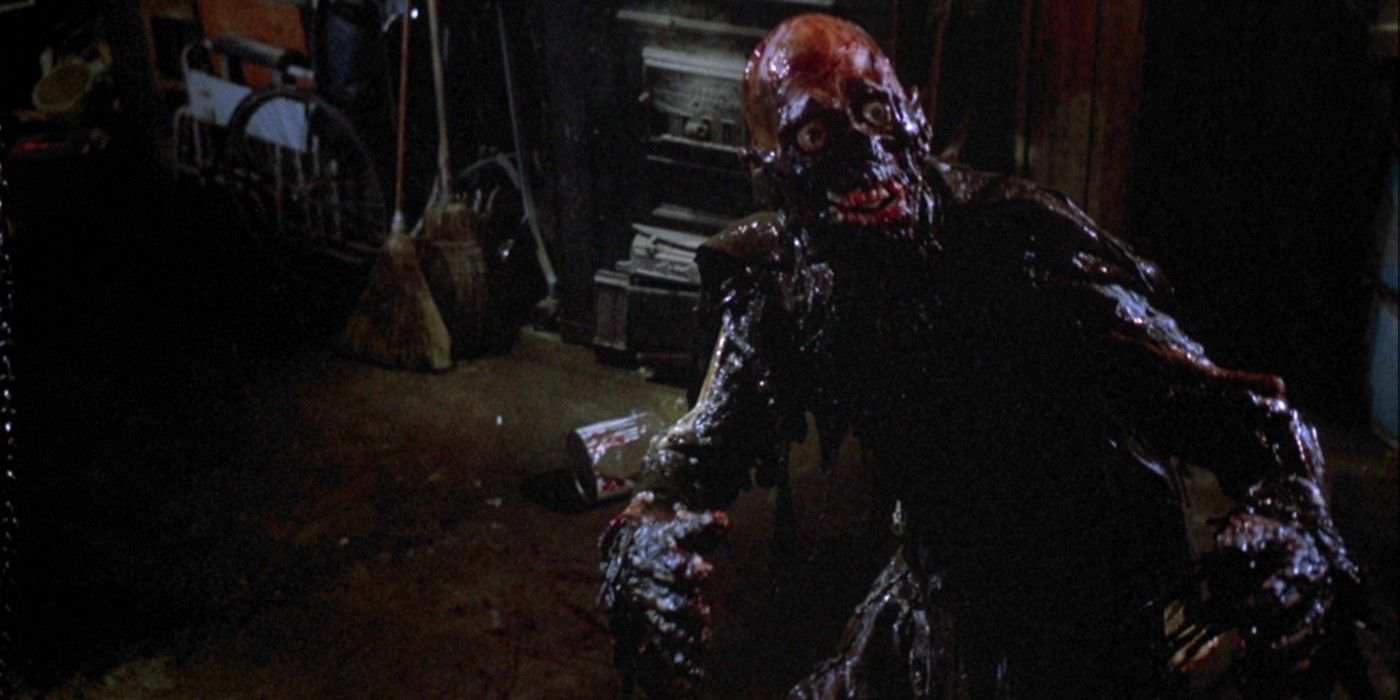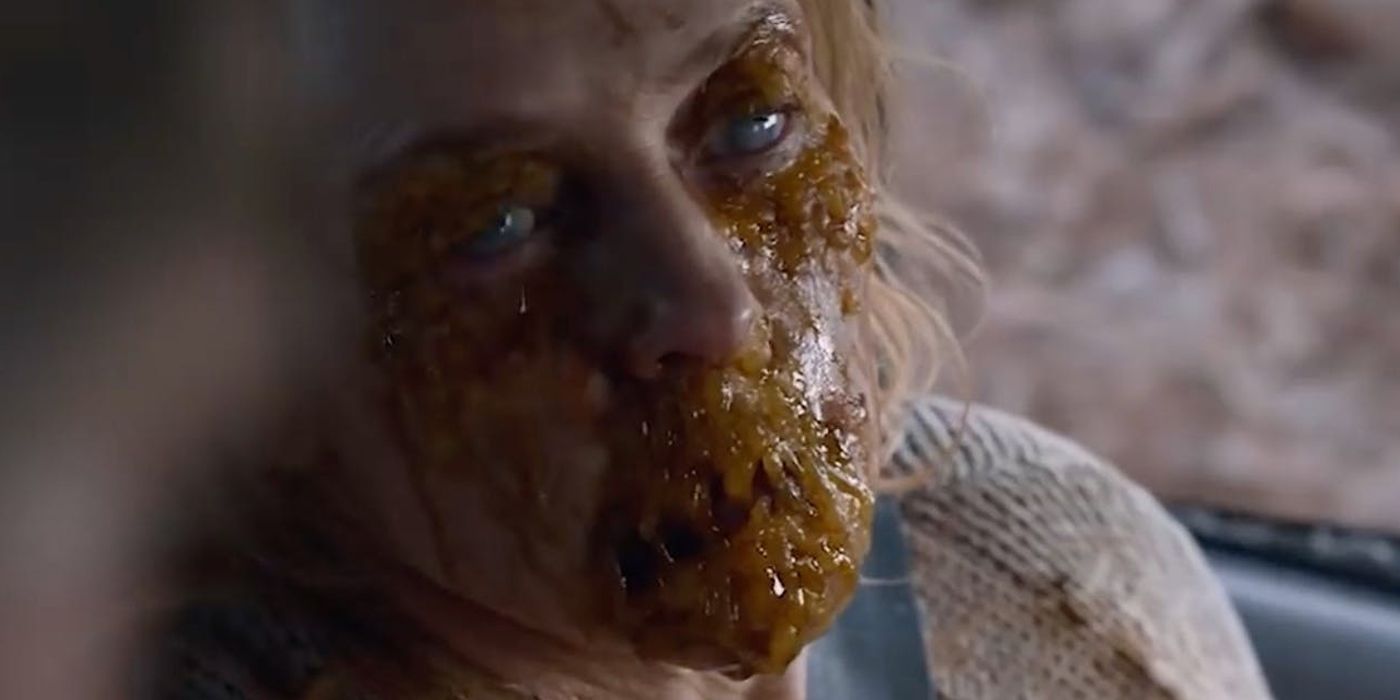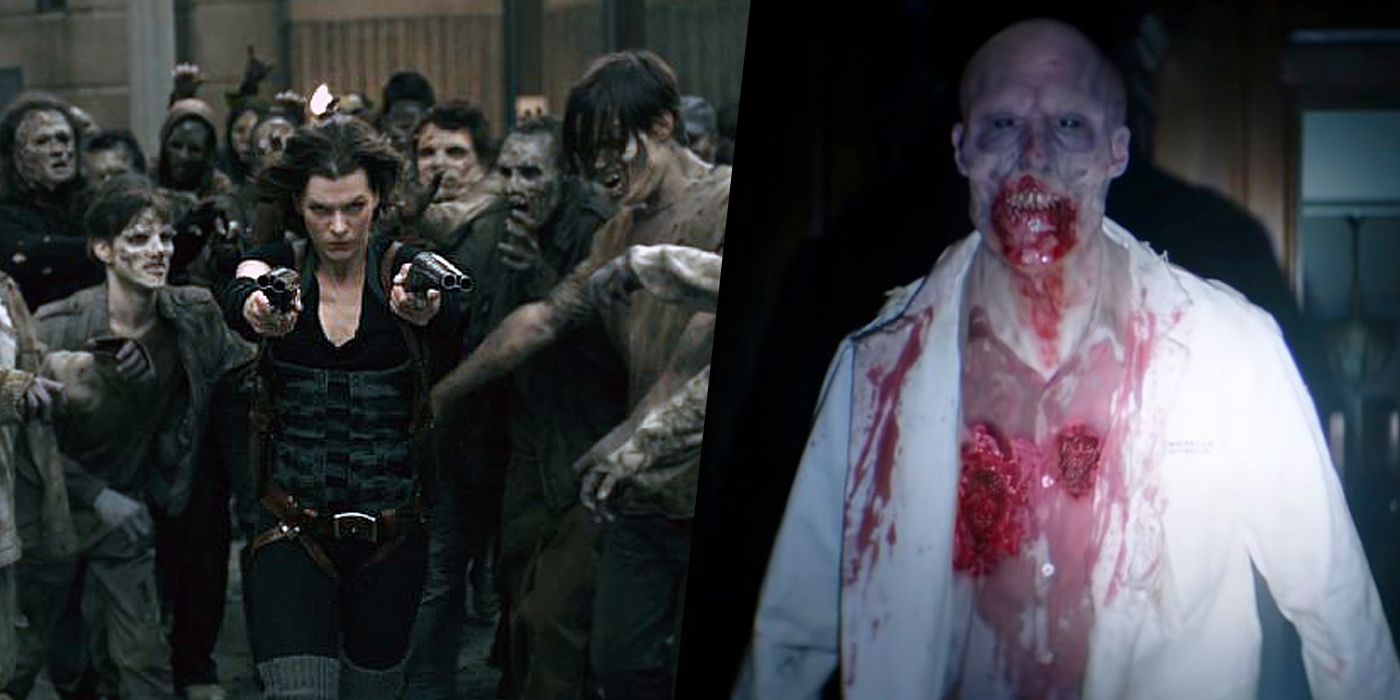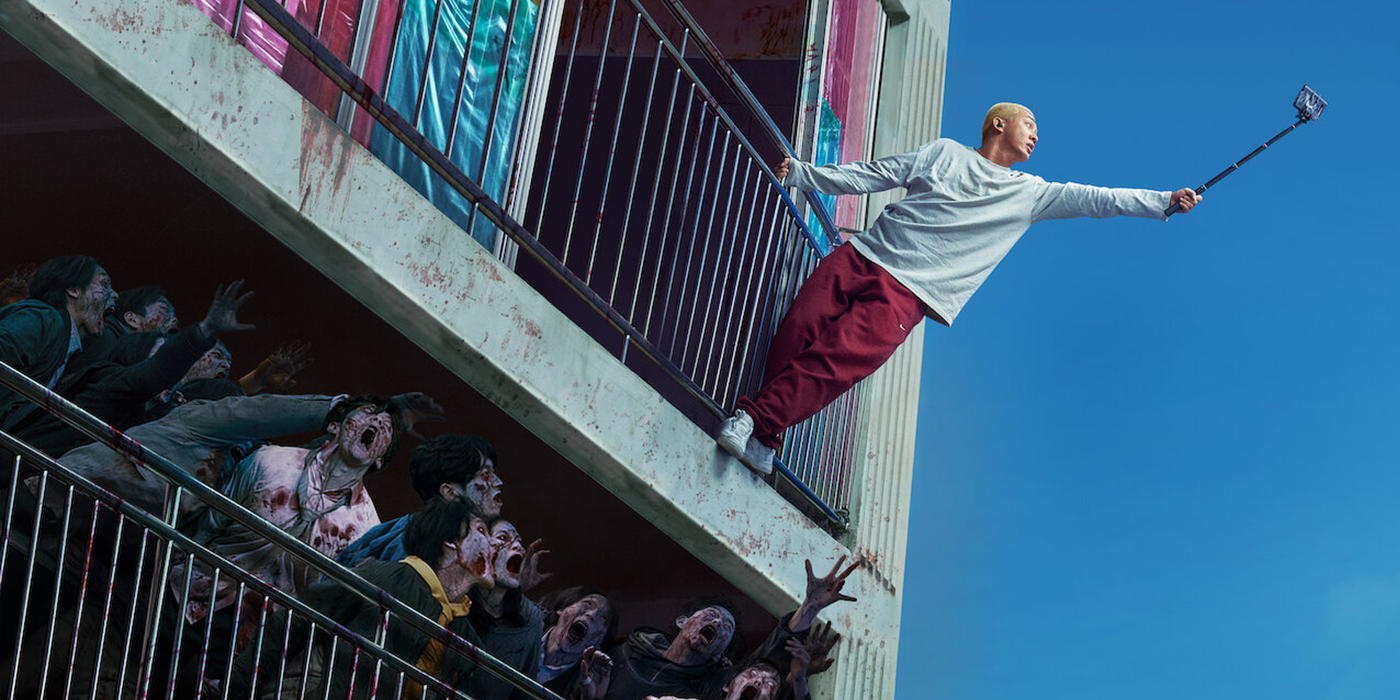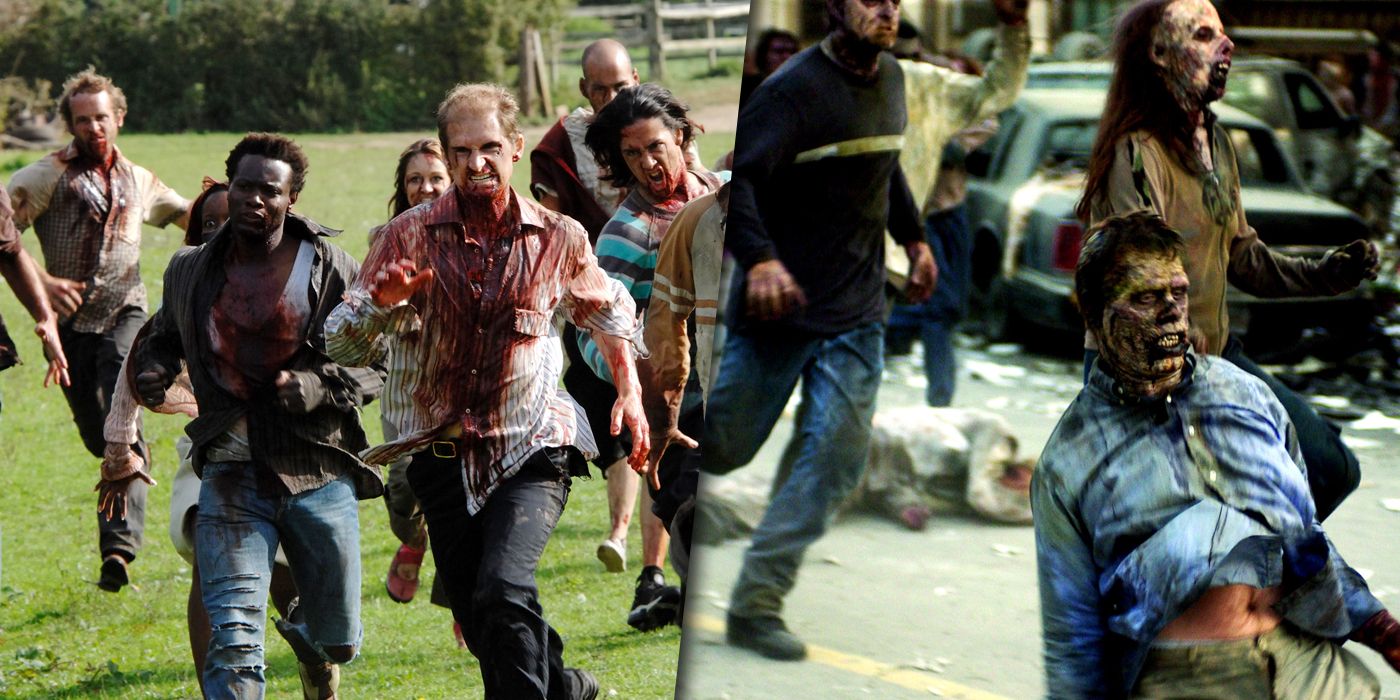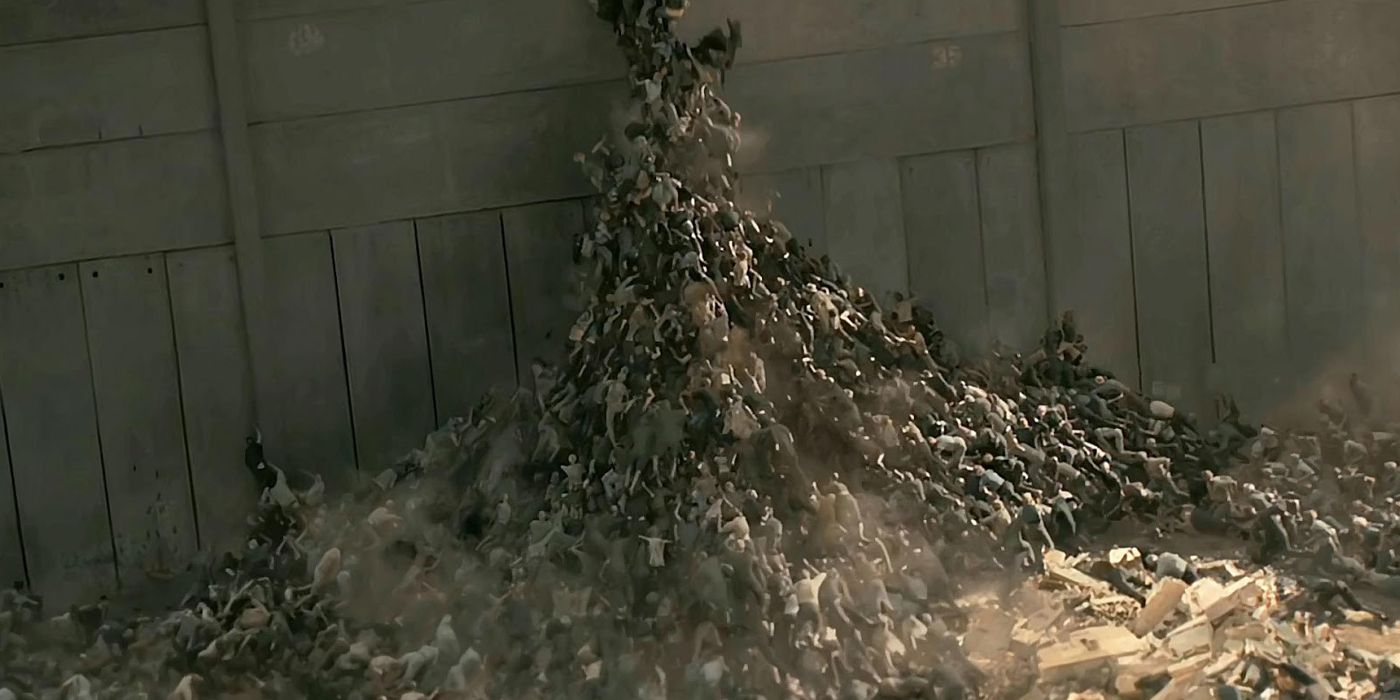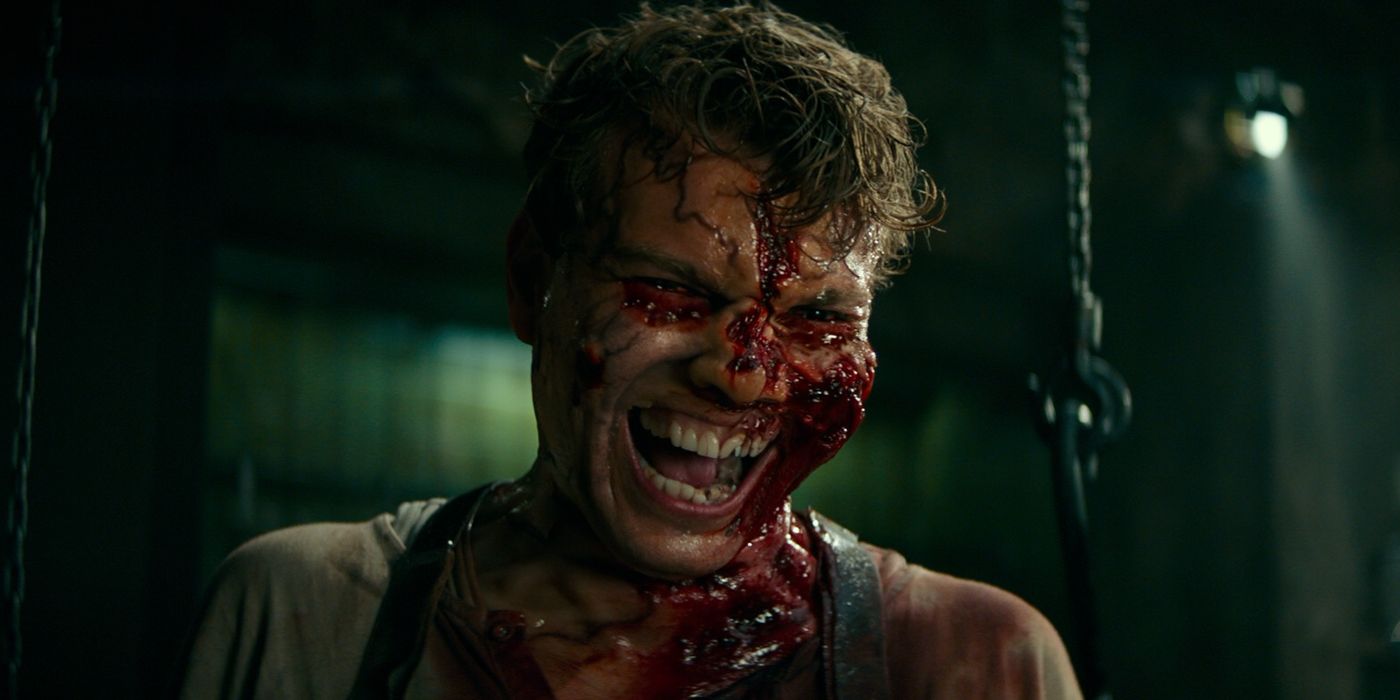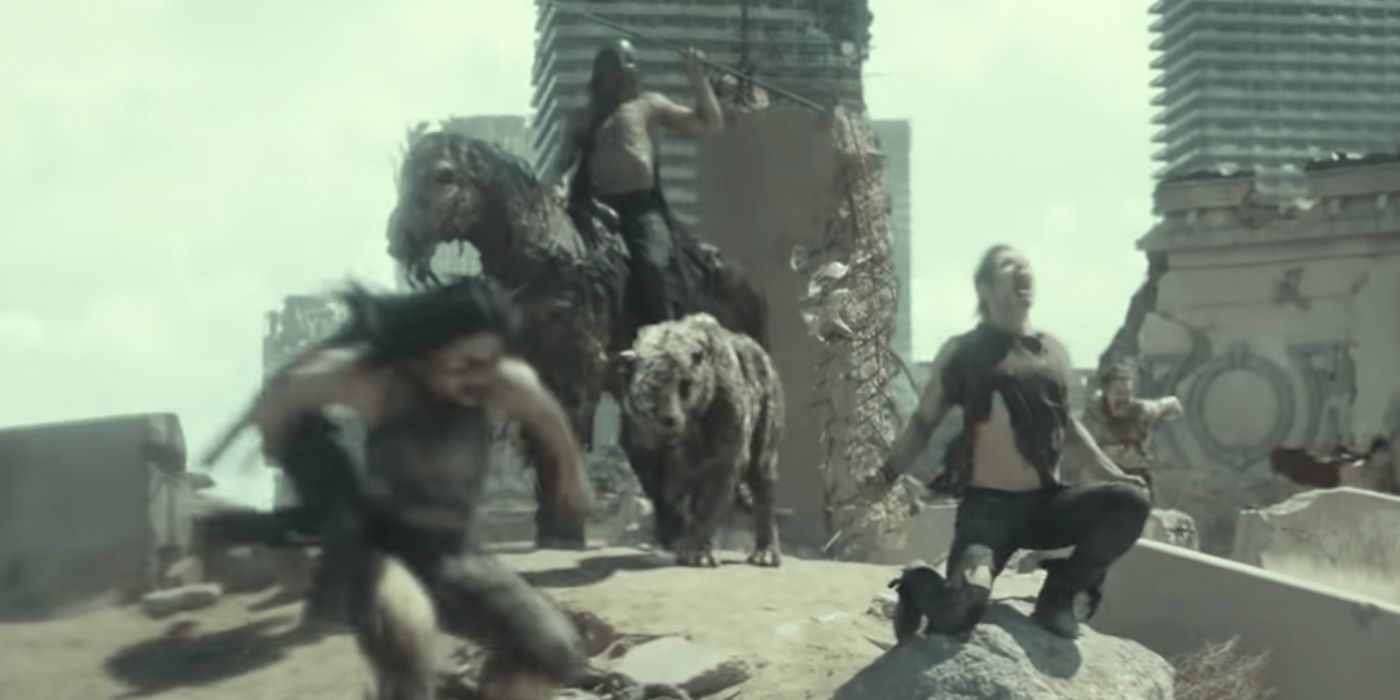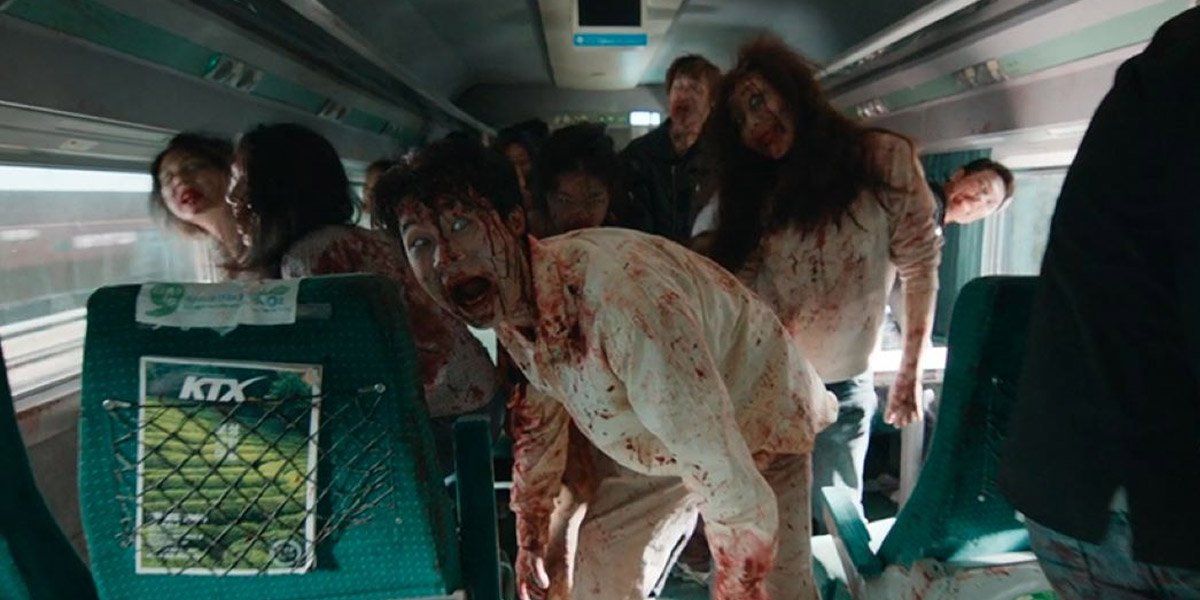Arguably no other movie monster has left as much of an impact on the horror genre as the armies of the undead that have become known as zombies, which have starred in a few different waves of horror over the years that continue to showcase the ongoing popularity of the undead.
However, not all movie zombies follow the same rules or present the same threat to their intended victims. With each new variation of zombie that appears on the big screen, the undead begins to operate under new rules or add a new level of danger that continues to horrify and terrify fans of the genre.
10 Night Of The Living Dead's Zombies Were A Slow But Overwhelming Threat That Launched A Genre
George A. Romero is known as the godfather of the zombie genre due to his iconic addition to horror cinema in 1968's Night of the Living Dead. The classic horror movie introduced fans to modern cinematic zombies while also establishing a firm set of rules that would be adopted by later additions to the genre.
The undead in Night of the Living Dead may be slow-moving, but they retain some of their strength and problem-solving skills for a bit until they begin to decompose. Romero's zombies are both terrifying and iconic and would be seen again in sequels like Dawn of the Dead and Day of the Dead.
9 The Return Of The Living Dead's Zombies Were Fast-Moving, Semi-Intelligent, And Hungered For Brains
1985's The Return of the Living Dead was based on John Russo's book of the same name, which took the zombies he co-created alongside George A. Romero for Night of the Living Dead in a gory and terrifying new direction that led to a few sequels and a dedicated and loyal fanbase.
The Return of the Living Dead's zombies were created by a mysterious gas that transformed the living into the undead and made them specifically crave brains. They retained some of their own intelligence and had a higher level of mobility than other cinematic zombies at the time, and they were also much more difficult to kill as they didn't follow the typical Romero "headshot" rules.
8 The Zombies From Cargo Were Incredibly Unique But Also Unsettling And Terrifyingly Dangerous
A man tries to survive a world ravaged by a unique zombie plague long enough to deliver his child into safe hands before he succumbs to his own transforming bite in 2017's Cargo. The zombie virus takes 48 hours to fully transform the infected, resulting in a drastic physical change as pus leaks from the eyeballs during the hour before the change.
The zombies also go through a final stage where they bury their heads in the dirt to escape the sunlight, creating an unsettling and unique image. Cargo's zombies may not be the fastest of the bunch, but the disgustingly infectious transformation and odd habits of the zombies are sure to leave a lasting impression on horror fans.
7 Resident Evil Featured An Apocalypse Of Mutating Zombies Created By Umbrella Corporation's T-Virus
Based on the video game series of the same name, 2002's Resident Evil introduced a new version of genetically-engineered zombies that were fast, deadly, and constantly mutating over the course of the long-running franchise. The zombies were created by a compound called the T-Virus, which was created by the evil Umbrella Corporation.
The T-Virus led to a global zombie apocalypse that featured typically dangerous zombies along with horrific new versions and villains that used an upgraded T-Virus to further increase their threat level. 2021's Resident Evil: Welcome to Raccoon City further upped the terror when designing the cinematic zombies, homaging the original video game.
6 #Alive Featured Unrelenting And Problem-Solving Zombies Who Threatened A Trapped Streamer
2020's #Alive is a South Korean horror film that takes place in a zombie apocalypse that has trapped a video game streamer in his apartment while the city around him falls into chaos. The zombies were incredibly fast, and the sheer numbers within the city and the apartment complex made them nearly impossible to beat.
The zombies were incredibly resilient and featured clouded-over eyes and battle wounds that made the attacking horde even more terrifying. #Alive didn't give fans many answers about the origins of the zombie and the fate of the survivors is left ambiguous, but given the horror of the movie's zombies, things weren't looking too good for Seoul.
5 Fast Zombies From 28 Days Later And The Dawn Of The Dead Remake Continue To Terrify Fans
28 Days Later was one of the first horror movies to feature incredibly fast zombies, though there has been some dispute among fans over their classification of zombies. Regardless, the Rage Virus-infected monsters that brought the world to a halt in less than a month still helped reinvigorate the franchise and terrify audiences when it was released in 2002.
Zack Snyder's 2004 remake of Dawn of the Dead also featured speedy zombies that spread quickly and sent a group of survivors into hiding at the local mall. The zombies were vicious, could run with all their power, and delivered usually fast-transforming bites that increased their numbers and led to a nearly impossible-to-escape apocalypse that also served to strike fear into fans.
4 World War Z's Zombies Were Capable Of Quickly Overwhelming Almost Any Defensive Structure
Max Brooks' hit novel World War Z was adapted to the big screen in 2013 as it followed a UN agent as he was sent around the world on a fact-finding mission in an effort to stop the zombie pandemic before it spreads across the entire planet.
World War Z also featured fast-moving zombies, though they showcased a new ability to quickly swarm in mass numbers that allowed them to overwhelm high-walled defensive areas to break through containment areas. The infection took over the body quickly and spread through populated areas fast, making it one of the scariest zombie plagues in movies.
3 Overlord Featured Genetically-Enhanced Nazi Zombies Created By A Mysterious Serum During WWII
2018's Overlord followed a motley crew of Allied soldiers on a mission behind enemy lines during WWII where they discover a secret Nazi experiment to resurrect fallen soldiers. While successful, the experiment turned the resurrected into cannibalistic zombies whose bodies are in a constant but failed state of regeneration.
Nazi zombies inherently stand above other classes of the undead due to the combination of two terrifying elements, though Overlord took that a step further even when the experiments resulted in yet another stage in the mutation that proved to be even more terrifying.
2 Army Of The Dead's Zombies Were Led By An Advanced And Powerful Alpha Who Took Over Las Vegas
Zack Snyder returned to the world of zombies for 2021's Army of the Dead, which followed a team of highly-trained thieves as they entered the closed-off and zombie-infected city of Las Vegas in order to break into an impenetrable vault before the city is nuked by the government.
While the main zombies of the movie were fairly typical fast-moving zombies, they were led by an advanced and powerful alpha zombie known as Zeus who had been experimented on by the government. The alpha zombie was able to create others like himself, which almost led to a new generation of enhanced zombies that would have proven unbeatable.
1 Train To Busan Featured Fast-Transforming Zombies That Surged Quickly Across South Korea
2016's Train to Busan added a terrifying new element to the genre that further elevated the horrifying zombie movies that have come from South Korea over the last few years. As the title suggests, the majority of the movie's action takes place aboard a train as a fast-moving zombie plague breaks out and surges quickly across the entire country.
The transformation of the zombie undead is fast and violent and is sure to terrify more than a few fans, while the unsettling reactions to shifts in lighting and trapped feelings while stuck inside a train car all culminate to keep fans on the edges of their seats.

